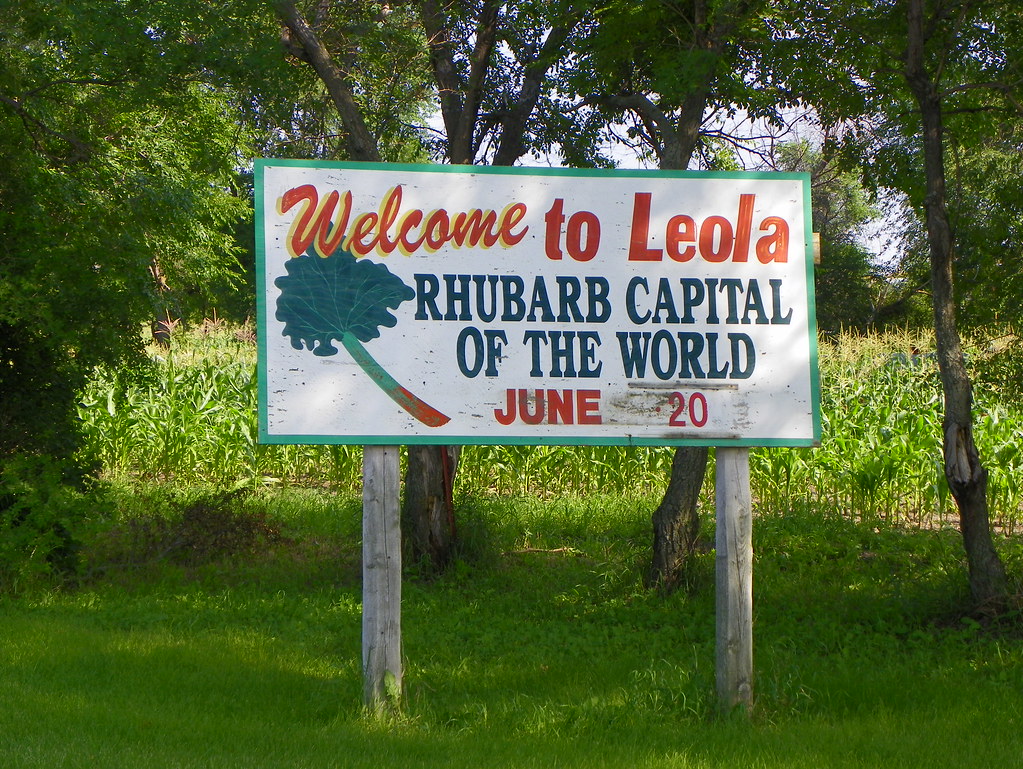Of all the 3,143 counties and county-equivalents in the United States, which are the least visited? I don’t think there is any definitive way to know for certain. As a proxy, however, I examined the 20 least visited counties for the Lower 48 states listed on the Mob Rule county counting website as of June 2011. This may not be a perfect list but it should closely approximate it. After all, these are people who go out of their way to catalog county visits. Counties at the very bottom of their collective list are undoubtedly inconvenient places to visit.
Least visited doesn’t mean lowest population, it means fewest non-residents entering a physical space, although I imagine there should be a general correlation. Each of the Bottom 20 provides plenty of elbow room. A lightly populated county can still have plenty of visitors though, however fleeting: imagine rural outposts that straddle Interstate Highways or serve as a gateway to national parks. Loving County, Texas, the least populated county in the United States has only 82 residents but it does not appear in the Bottom 20.
I took the Mob Rule list and plotted the twenty counties on a map.
Fourteen of the Bottom 20 fell into the upper Great Plains of the Dakotas; nine in North Dakota and five in South Dakota. Montana scored next with four more, followed by Nebraska and Texas with one each. Most of them clustered fairly tightly except for the outlier in Texas which was all the way down in 20th place anyway.
I can’t say that I’m all that surprised. The northern plains counties tend to feature very low population densities. They are a bit out of the way. Visitors don’t run into them accidentally. People need to have a reason to explore and there aren’t that many reasons available as compared to other areas of the nation.
I’m going to take a look at the four least-visited counties and see if I can come up with reasons to go there. Maybe these will create sufficient interest to move them out of the Bottom 20.
Grant County, North Dakota (tied for first place)

Grant has a great website, punching far above what one would expect for a place so devoid of people (map).
Reason to visit: General George Custer camped out about nine miles northeast of Carson, the county seat, on his way to being annihilated at the Battle of Little Bighorn in 1876. There was also a stagecoach line that ran through the southern end of the county. There are plenty of elements of the “old west” in Grant County for aficionados of that era.
Daniels County, Montana (tied for first place)

How rural is Scobey, the county seat? They call the local Chamber of Commerce the Chamber of Commerce and Agriculture. The county’s population density is only about one person per square mile (map).
The Great Northern Railroad came through Grant County but bypassed Scobey. The railroad wasn’t going change its route so the only alternative was to move the town. They picked up Scobey and moved it 1.5 miles.
Reason to visit: The Daniels County Museum and Pioneer Town. Historic buildings have been collected from miles around to recreate the feel of a pioneer town from the early 1900’s. They accept Canadian currency and they offer AAA discounts; sometime nice for visitors from either side of the border. Visitors can also go to the Scobey Border Station and visit one of the places mentioned in a previous article, “What Crosses an Airport Runway?“
Logan County, North Dakota (tied for third place)

Napoleon is the county seat, and not named after the Napoleon you might expect unless you descended from Napoleon Goodsill. He was the president of the townsite board. Gee, I wonder who selected the town’s name?
Reason to visit: I’d visit the town of King assuming it still exists. The biggest historical event in Logan County happened in 1899 when King stole the county seat title. Napoleon took it back a year later. Also it should be pretty easy to reach Logan County. It’s only 75 miles from Bismark, and a straight shot south of an Interstate highway (map). It’s probably the most convenient of the least visited.
McPherson County, South Dakota (tied for third place)

McPherson County has the most attractive courthouse and a nice template for its website. It’s a little light on content, though.
Reason to visit: Leola, the county seat, fashions itself as the “Rhubarb Capital of the World.” That by itself should be reason enough to visit (map). Germans of Russian Heritage settled this entire area with Leola and McPherson County at its epicenter. I didn’t have time to research this further but I am sure there is a fascinating story behind this, with plenty of historical fingerprints left upon the land.
The rest of the Bottom 20 are as follows: McIntosh, ND (5th), Ransom, ND (6th), Ziebach, SD (7th), Garfield, MT (8th-tie), Griggs, ND (8th-tie), Dewey, SD (8th-tie), Faulk, SD (8th-tie), Marshall, SD (12th), Sheridan, MT (13th-tie), Sargent, ND (13th-tie), Steele, ND (13th-tie), Eddy, ND (16th), McPherson, NE (17th), Chouteau, MT (18th-tie), Cavalier, ND (18th-tie), Cochran, TX (20th).
I’ve not been to a single one of these counties yet, but I will someday.

Leave a Reply